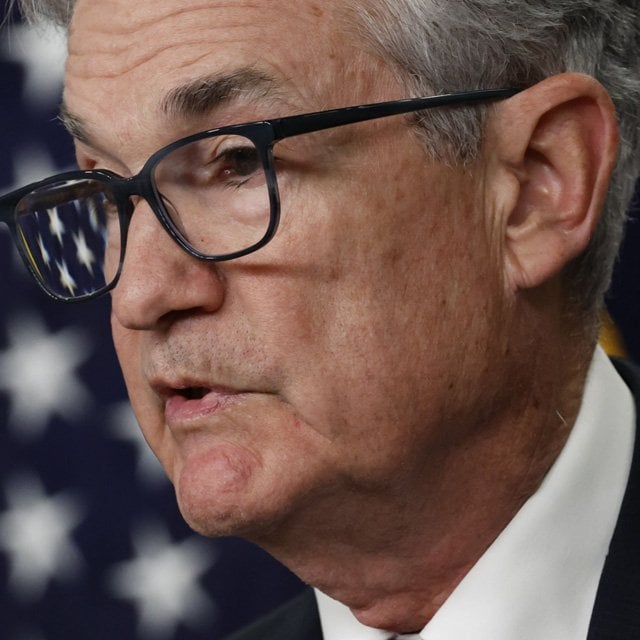The Fed's Silver Lining for Retirement Portfolios

What You Need to Know
Market watchers were not surprised to see a fourth straight 75 basis-point hike this week, and they expect more increases to come.
Higher interest rates, while challenging for the economy and equity investors, also mean retirement investors can secure greater-and-safer sources of income.
As investors look for the Fed to ease rates in late 2023, bonds may be able to generate potential capital gains as well as current income.
On Wednesday, the U.S. Federal Reserve raised its benchmark interest rate by 75 basis points, marking the fourth consecutive hike of that magnitude undertaken this year.
Federal Reserve Chair Jerome Powell, offering remarks at the end of the closely watched Federal Open Market Committee meeting, said incoming data suggests the ultimate level of interest rates will likely be higher than previously expected. While Powell’s speech has been perceived by market analysts as “remaining hawkish,” the Fed Chair also emphasized that it could be appropriate to slow the pace of increases “as soon as the next meeting or the one after that.”
“No decision has been made,” Powell said, and he stressed that the U.S. economy still has some ways to go before rates are tight enough. Powell added that it is “very premature” to be thinking about pausing.
As noted by FOMC watchers in the wake of Powell’s remarks, the Fed’s decision was unanimous, and it lifted the target for the benchmark federal funds rate to a range of 3.75% to 4%. This is the highest level since 2008.
For retirement-focused investors, one of the highlights from Powell’s speech came when he said he feels the pace of hiking is not as important as “how high we will need to get on rates.” Ultimately, according to Powell, the level of the terminal rate may be higher than previously expected.
Market experts say this message has both positive and negative implications for investors. While they may see further losses on the equity side, and while the market value of a given bond portfolio could fall further, higher rates present an opportunity to lock in attractive yields moving forward.
Implications for the Markets
In written comments shared with ThinkAdvisor following the FOMC meeting, Jason England, global bonds portfolio manager at Janus Henderson Investors, says he is not surprised to see a fourth straight 75 basis-point hike. He points out that key data released since the last FOMC meeting all but guaranteed another unusually large rate increase.
According to England, once the FOMC statement was released, the focus of investment analysts shifted quickly away from the large current hike to the new language in the statement around the pace of future rate hikes. England says there is particular interest brewing with respect to how the Fed will take into account the cumulative tightening that has already been done, and the simple fact that monetary policy works on a lag.
“Although Chair Powell did hint about slowing the pace of hikes at one of the next two meetings, he did say that it is premature to discuss pausing and it is not a conversation the committee is having now,” England noted.
In considering Powell’s remarks, England feels a slowing of the pace of rate hikes does not equal a pause, and the final destination of rates may be higher than currently anticipated. He says the Fed very well may stay higher for longer, until they see clear and convincing evidence that inflation is returning to the 2% target.
Implications for Retirement Investors
Taking to Twitter in the wake of the Fed meeting, Kathy Jones, chief fixed income strategist at the Schwab Center for Financial research, pointed out that bond market volatility is now approaching the March 2020 highs seen during the height of the first wave of the COVID-19 pandemic in the United States.
As Jones noted, the equity and bond markets now appear to be pricing in smaller rate hikes, likely 50 basis points in December, but a higher peak rate. Writing in response to an inquiry from ThinkAdvisor, she offered some more specific thoughts about what retirement investors should take away from this week’s Federal Reserve news.




